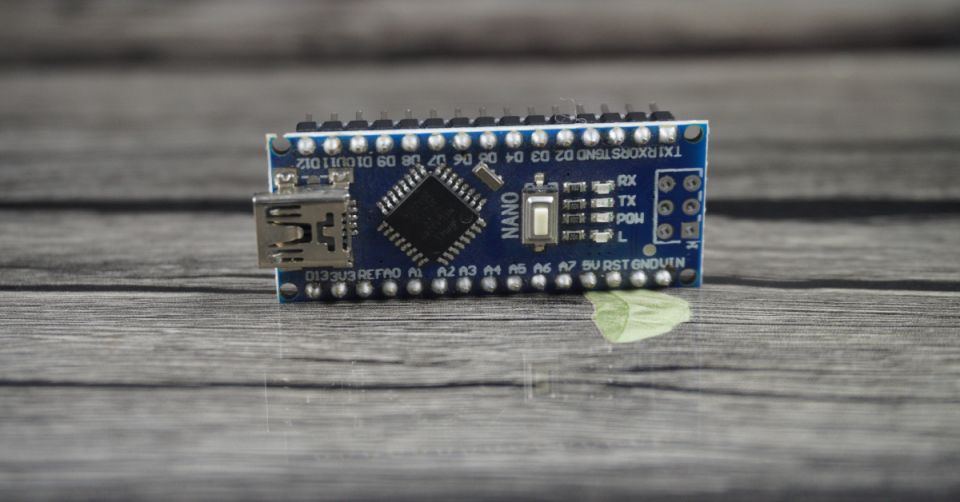Solo Engineers
A Solo Engineer in PCB design is a highly skilled professional who takes on all aspects of the design and development process for PCBs. This includes tasks such as simulation, mechanical design, and component selection, as well as the creation of custom libraries of parts. Solo Engineers are often found in freelance or startup environments where it is not feasible to have a full engineering team.
In addition to the title of Solo Engineer, this role may also be referred to as a PCB Designer. This title reflects the fact that the Solo Engineer is responsible for all aspects of the design process, from concept to production. Solo Engineers are self-driven and capable of working independently, relying on their expertise in PCB design principles and software tools to bring innovative ideas to life. Overall, Solo Engineers play a vital role in the PCB design industry, creating cutting-edge products and driving innovation in the field.







